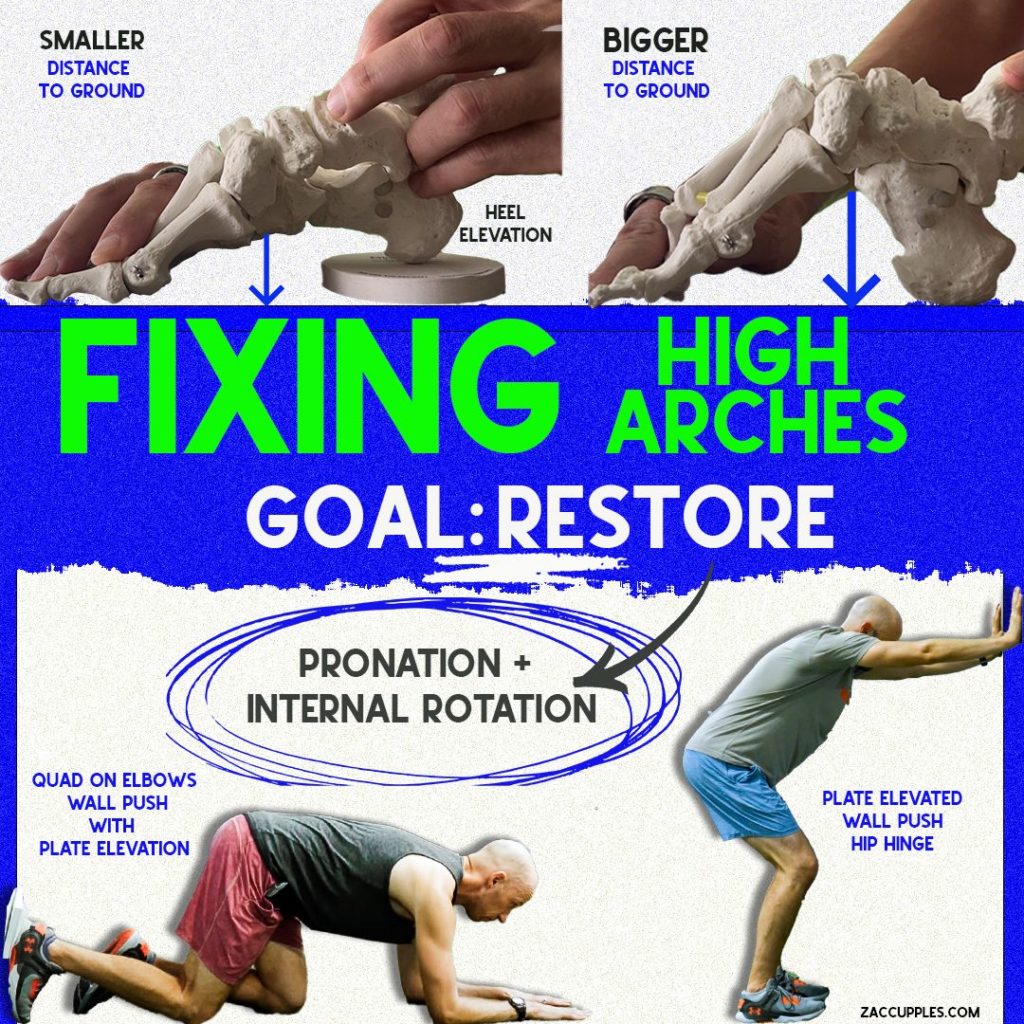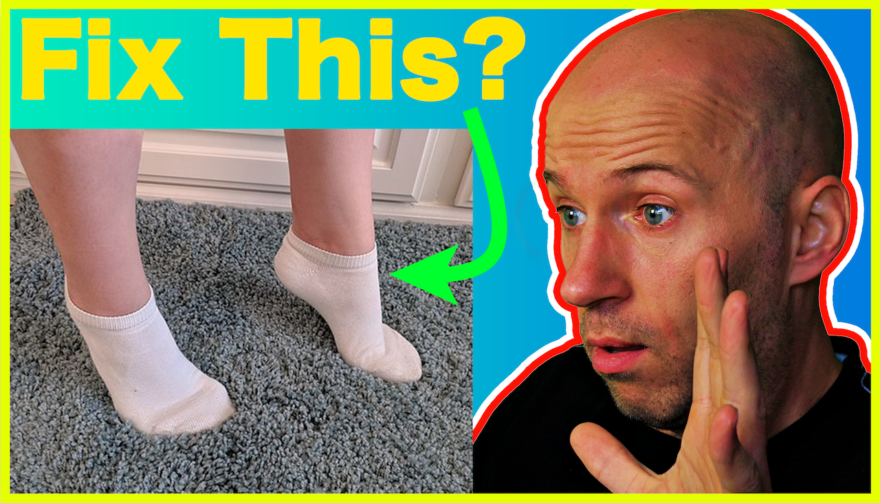Table of Contents
If you struggle to keep your heels on the ground, this post is for you
If you or a client of yours ABSOLUTELY STRUGGLES to keep their heels on the ground when they walk, then this post will be essential.
This case study goes through this exact issue.
After 2 exercises, the following changes were reported:
- Elimination of Achilles tendon tenderness
- Feeling his heels touching the ground for the first time
- Feeling his big toes as he walked…first time ever
If you want you or your clients to feel the exact same way, then check out the post, video, and podcast below.
Case Overview
Jordan is one of our trainers at Elevate Sports Performance and Healthcare, and is NOTORIOUS for 3 things:
- Being super athletic
- Toe walking/vaulting gait
- Not being anywhere near my level at Spikeball #burn
He came to me presenting with right Achilles tendon discomfort with explosive activity, and had the following measures:
- Wide infrasternal angle (wide ISA)
- 60+ hip external rotation bilaterally
- Limited hip internal rotation bilaterally (15º left, 5º right)
- Limited shoulder external and internal rotation
- Ankle dorsiflexion was -20º bilaterally
- 0º of calceaneal eversion
- High foot arch
Looking at these combined findings, I deduced that Jordan’s center of mass was pushed far forward, which was leading to the increased external rotation (not typical of a wide ISA) and loss of ankle measures.
Biomechanically, the loss of ankle dorsiflexion and eversion indicated that the Achilles and gastrocnemius on the right could not attain a lengthened position, which may have contributed to symptoms.
The treatment focus would be as follows:
- Shifting the center of mass backward to improve hip internal rotation
- Getting the foot to flatten to restore ankle dorsiflexion and eversion
Here’s how we did it.
Walking wall squat – left offset with left foot elevated and heels elevated
The walking wall squat is an awesome first starting point for teaching someone to bring their center of mass back. This creates an eccentric (lengthened) orientation of the back hip musculature, which can improve hip internal rotation.
In order to get the feet to flatten and improve dorsiflexion and eversion, plates were placed under the heels only. This shortens the distance between the heel and the toes, which allows the foot to better flatten.

Since there were some asymmetries present, I elevated the left foot. This tweak unweights the left leg, allowing for easier rotation that direction.
The combination of these factors ought to restore hip internal rotation, dorsiflexion and eversion.
Here was Jordan’s version:
Quadruped on elbows wall push – heel elevated and offset
With space opened posteriorly, now I needed Jordan to essentially learn how to push off each leg without externally rotating and pushing his center of mass forward. For this, I went with a wall push.
Pushing into the wall with the heel elevation as well as the offset is going to increase internal rotation through the entire extremity.
I chose quadruped on elbows because that position places the abdominal contents forward, which will hopefully improve his shoulder external rotation (which was limited because of an anterior thorax tilt).
Jordan gained 25º of hip internal rotation bilaterally and had no Achilles symptoms after both of these moves.
The best part was the difference in his gait. Check this out:
Plantarflexion overcoming isometric – left offset with left foot elevated and heels elevated
So with the above 2 moves, we were able to achieve A TON of symptom relief, then Jordan played spikeball.
He began to experience a bit of discomfort after playing, so I opted to add an overcoming isometric to his bag of tricks.
The reason why I went with an overcoming (pushing into a concentric action) was because ankle plantarflexion hurt. I programmed 6×45 seconds, and his symptoms were gone.
Sum up
That was how we were able to take Jordan, one who had a toe walking/vaulting gait and improve his symptoms and the way he walked.
To recap:
- Toe walking/vaulting gait occurs when the center of mass is pushed forward
- Treatment involves teaching an individual to bring the center of mass backward and restore ankle dorsiflexion, eversion, and foot pronation
What strategies have you tried to reduce toe walking? Comment below and let the fam know!
